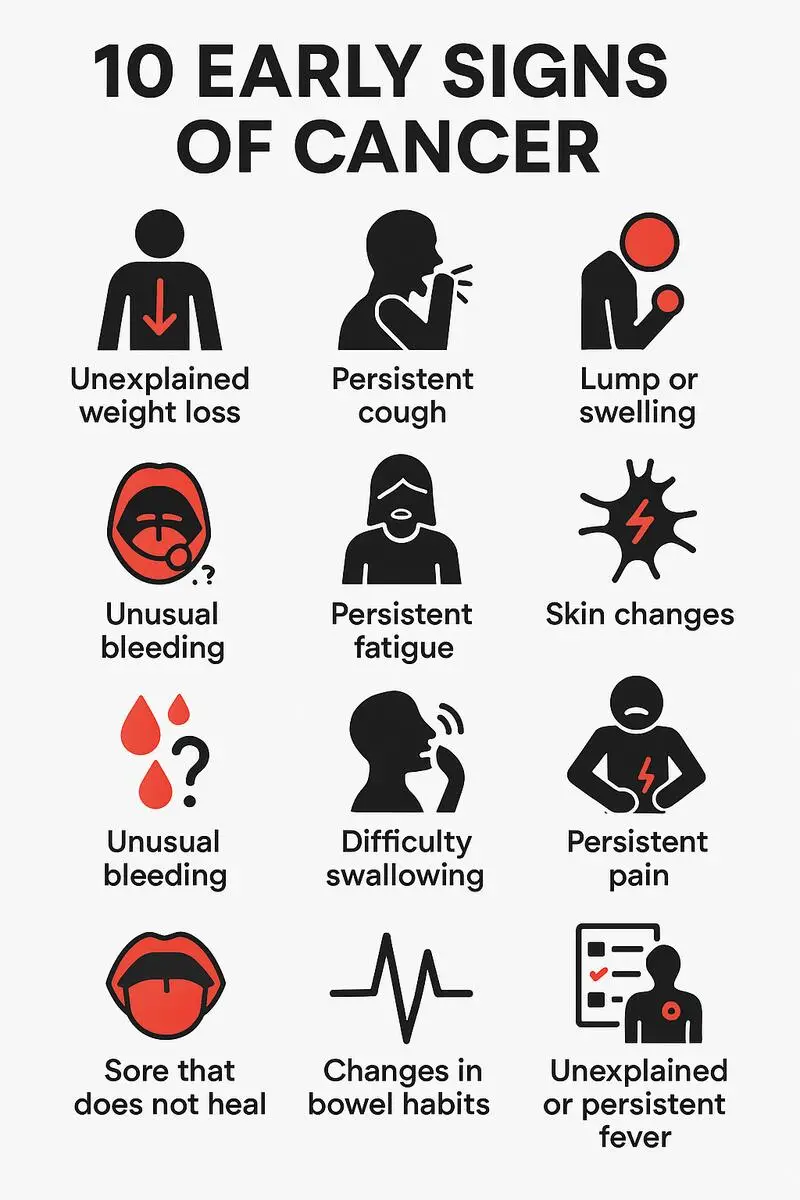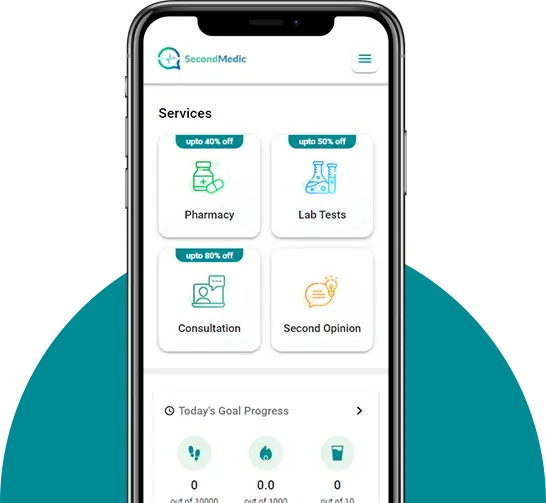- Published on: Dec 14, 2023
- 3 minute read
- By: Secondmedic Expert
Understanding Food Poisoning: Causes, Symptoms, And Prevention
Welcome to a journey of awareness about food poisoning – a topic often overlooked until it strikes. Imagine your last meal; it was delicious, satisfying, and seemingly harmless. Little did you know that what seemed like a delightful culinary experience could lead to an unwelcome guest: food poisoning. In this blog, we'll unravel the mysteries of food poisoning, exploring its causes, symptoms, and practical tips to keep your meals safe. Let's embark on a journey to understand and prevent this common yet underestimated health concern.
The Basics of Food Poisoning
Food poisoning, or foodborne illness, occurs when we consume contaminated food or beverages. The contamination can result from bacteria, viruses, parasites, or toxins present in the food. The most common culprits include undercooked meat, raw eggs, unpasteurized dairy products, and contaminated water or produce.
Causes of Food Poisoning:
A crucial step in preventing food poisoning is gaining insight into its root causes. Bacterial contamination is a primary culprit, with Salmonella, E. coli, and Campylobacter being common offenders. Additionally, viruses like norovirus and parasites such as Giardia play a significant role in contributing to foodborne illnesses. By understanding these sources, individuals can take informed measures to safeguard their health and minimize the risk of falling prey to these harmful agents.
Knowing the signs of food poisoning is crucial. If you feel nauseous, have stomach pain, vomiting, or diarrhea, it might be food poisoning. Don't wait—see a doctor early. Quick action helps you recover faster and reduces the impact on your health. Being aware and acting fast keeps you in control when it comes to food safety.
Symptoms of Food Poisoning
Spotting the signs of food poisoning early is crucial for prompt treatment. Symptoms can range from mild to severe and may include:
1. Nausea and Vomiting
2. Diarrhea
3. Abdominal Pain
4. Fever and Chills
5. Muscle Aches
If you experience these symptoms after a meal, it's essential to seek medical attention, especially if they persist or worsen.
Prevention Tips for a Safer Plate
Now that we know the enemy, how can we shield ourselves from food poisoning? Follow these practical tips to ensure the safety of your meals:
1. Safe Cooking Practices:
- Cook meat thoroughly, using a food thermometer to ensure it reaches a safe internal temperature.
- Avoid cross-contamination by keeping raw meat separate from other foods.
2. Hand Hygiene:
- Wash your hands thoroughly before preparing or eating food.
- Use separate cutting boards for raw meat and fresh produce.
3. Food Storage:
- Refrigerate perishable foods promptly to prevent bacterial growth.
- Don't leave food at room temperature for extended periods, especially in warm weather.
4. Safe Water and Produce:
- Consume only pasteurized dairy products.
- Wash fruits and vegetables under running water before eating.
The Importance of Hydration
When faced with food poisoning, maintaining proper hydration is crucial. Diarrhea and vomiting can quickly lead to dehydration, emphasizing the importance of replenishing fluids. Sip on water, clear broths, or oral rehydration solutions to restore lost fluids and electrolytes, helping your body recover more effectively from the effects of food poisoning. Adequate hydration supports overall well-being and facilitates a quicker recovery from the symptoms associated with this common and often uncomfortable condition.
In addition to staying hydrated, prioritizing rest is essential for a speedy recovery from food poisoning. Allow your body the time it needs to recover by getting adequate rest and avoiding strenuous activities. If symptoms persist or worsen, seeking professional medical guidance ensures proper evaluation and appropriate treatment. Your healthcare provider can offer personalized advice and interventions to address specific symptoms and facilitate a smoother recovery process.
When to Seek Medical Help
While many cases of food poisoning resolve on their own with proper rest and hydration, severe symptoms may require medical attention. Seek a healthcare professional if:
- Dehydration is severe
- Symptoms of food poisoning persist for more than a few days
- There's blood in your stools
- You experience difficulty swallowing or breathing
The Long-Term Impact of Food Safety
Beyond the immediate discomfort of food poisoning, it's crucial to recognize the potential long-term impact on your health. Repeated exposure to foodborne pathogens can lead to chronic conditions, affecting the digestive system and overall well-being.
Food poisoning is an unwelcome guest that can disrupt our lives unexpectedly. However, armed with knowledge and preventive measures, we can significantly reduce the risk. Remember the importance of safe cooking practices, hand hygiene, and cautious food storage. Stay informed, stay vigilant, and enjoy your meals without the fear of unexpected stomach troubles.
Take charge of your health today! Implement these food safety tips and share this valuable information with your friends and family. Remember, a well-informed community is a healthier community. Stay safe, enjoy your meals, and let's build a future free from the worries of food poisoning.
Read FAQs
A. Early symptoms encompass nausea, vomiting, diarrhea, abdominal pain, fever, and muscle aches. Prompt medical attention is advised if symptoms persist.
A. Food poisoning arises from bacterial contamination (Salmonella, E. coli), viral infection (norovirus), parasites, or toxins present in undercooked meat, raw eggs, unpasteurized dairy, and contaminated water or produce.
A. Typically, food poisoning lasts a few days. However, in severe cases leading to dehydration, medical intervention may be necessary.










